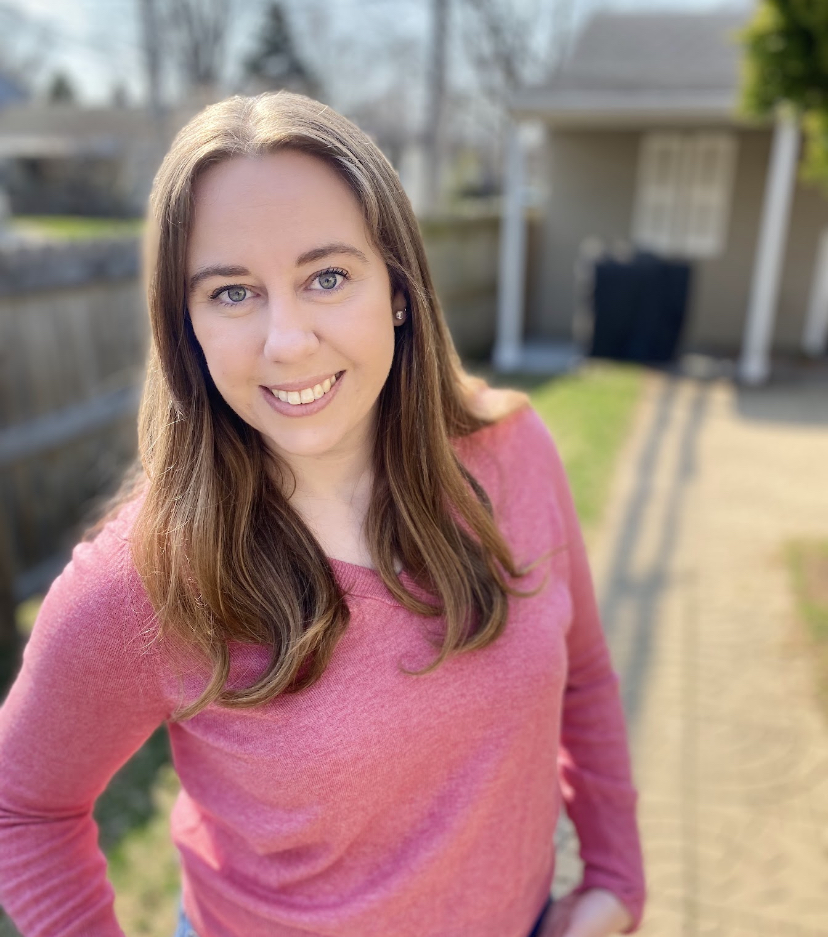Taking Your Quilting to the Next Level: Advanced Piecing Techniques
- Tori McElwain
- Nov 22, 2024
- 3 min read
Guest Teacher, Tori McElwain
Quilting is a craft that allows for endless creativity and exploration. Once you've mastered the basics, it's time to elevate your skills and take your quilting to the next level. In this blog post, we will introduce some advanced techniques, including applique, improv piecing, and foundation paper piecing. We'll also share tips on how to incorporate these techniques into your projects, helping you create stunning and unique quilts.

Advanced Piecing Techniques in Quilting
1. Appliqué
Appliqué is a technique where fabric shapes are sewn onto a larger piece of fabric to create designs or motifs. This method allows you to add intricate details and dimension to your quilts. There are various applique techniques to explore:
- Raw Edge Appliqué: This technique involves cutting fabric shapes and sewing them onto the background fabric without turning under the edges. It’s ideal for quick projects and adds a modern touch.

- Turned Edge Appliqué: In this method, the edges of the fabric shapes are turned under and secured with stitching, creating a clean finish. This technique is perfect for more intricate designs and gives a polished look.
- Machine Appliqué: You can use your sewing machine to create decorative stitches around the edges of the appliqué shapes, adding texture and visual interest.
2. Improv Piecing
Improv piecing is a freeform approach to quilting that encourages creativity and spontaneity. Instead of following traditional patterns, quilters create unique designs by piecing together fabric in an unstructured manner. Here are some tips for successful improv piecing:
- Start with a Color Palette: Choose a cohesive color palette to guide your fabric selection. This will help create harmony in your quilt, even with its spontaneous design.

- Embrace Mistakes: Improv piecing is all about experimentation. Don’t be afraid to make mistakes, as they can lead to unexpected and exciting design elements.
- Layering and Overlapping: Play with layering and overlapping fabric pieces to create depth and texture in your quilt. This technique adds visual interest and can turn simple shapes into dynamic compositions.
3. Foundation Paper Piecing
Foundation paper piecing (FPP) is a technique that uses a paper foundation to sew fabric pieces together. This method allows for precise and intricate designs, making it ideal for complex patterns. Here’s how to get started:
- Choose Your Pattern: Look for FPP patterns that appeal to you, especially those with geometric shapes or intricate designs. Many resources are available online, including free patterns and tutorials.

- Prepare Your Foundation: Print your pattern onto lightweight paper, such as printer paper or specialty foundation paper. The paper acts as a guide for placing and sewing your fabric pieces.
- Sewing Technique: Place the first fabric piece on the foundation, right side down, and sew along the designated line. Trim excess fabric, and continue adding pieces following the pattern. Once completed, tear away the paper for a clean finish.
Tips for Incorporating Advanced Piecing Techniques into Your Projects
1. Start Small: If you’re new to these advanced techniques, begin with small projects, such as wall hangings or quilted pillows. This allows you to practice without feeling overwhelmed.
2. Combine Techniques: Don’t be afraid to mix different techniques within a single project. For example, you can use applique on an improv pieced background or incorporate foundation paper piecing into a traditional quilt design.
3. Use Quality Tools: Invest in high-quality tools, such as sharp rotary cutters, precise rulers, and specialty foot attachments for your sewing machine. Quality tools can make a significant difference in your quilting experience.
4. Practice Patience: Advanced techniques often require more time and attention to detail. Be patient with yourself as you learn and practice new skills. Remember that the process is just as important as the final product.
5. Seek Inspiration: Look for inspiration from other quilters, books, and online resources. Join quilting groups, attend workshops, or follow quilting blogs to discover new ideas and techniques.
6. Document Your Journey: Keep a journal or take photos of your progress as you explore advanced techniques. This not only helps track your growth but also provides a source of inspiration for future projects.
Taking your quilting to the next level with advanced techniques can open up new avenues for creativity and self-expression. By exploring applique, improv piecing, and foundation paper piecing, you can create stunning quilts that reflect your unique style. Embrace the challenge, have fun experimenting, and watch your skills flourish.
Happy quilting!
Learn how to do these piecing techniques in the Skill Building Block of the Month Program!
This post was written with the assistance of AI and fact checked and edited by Tori McElwain.





Comments